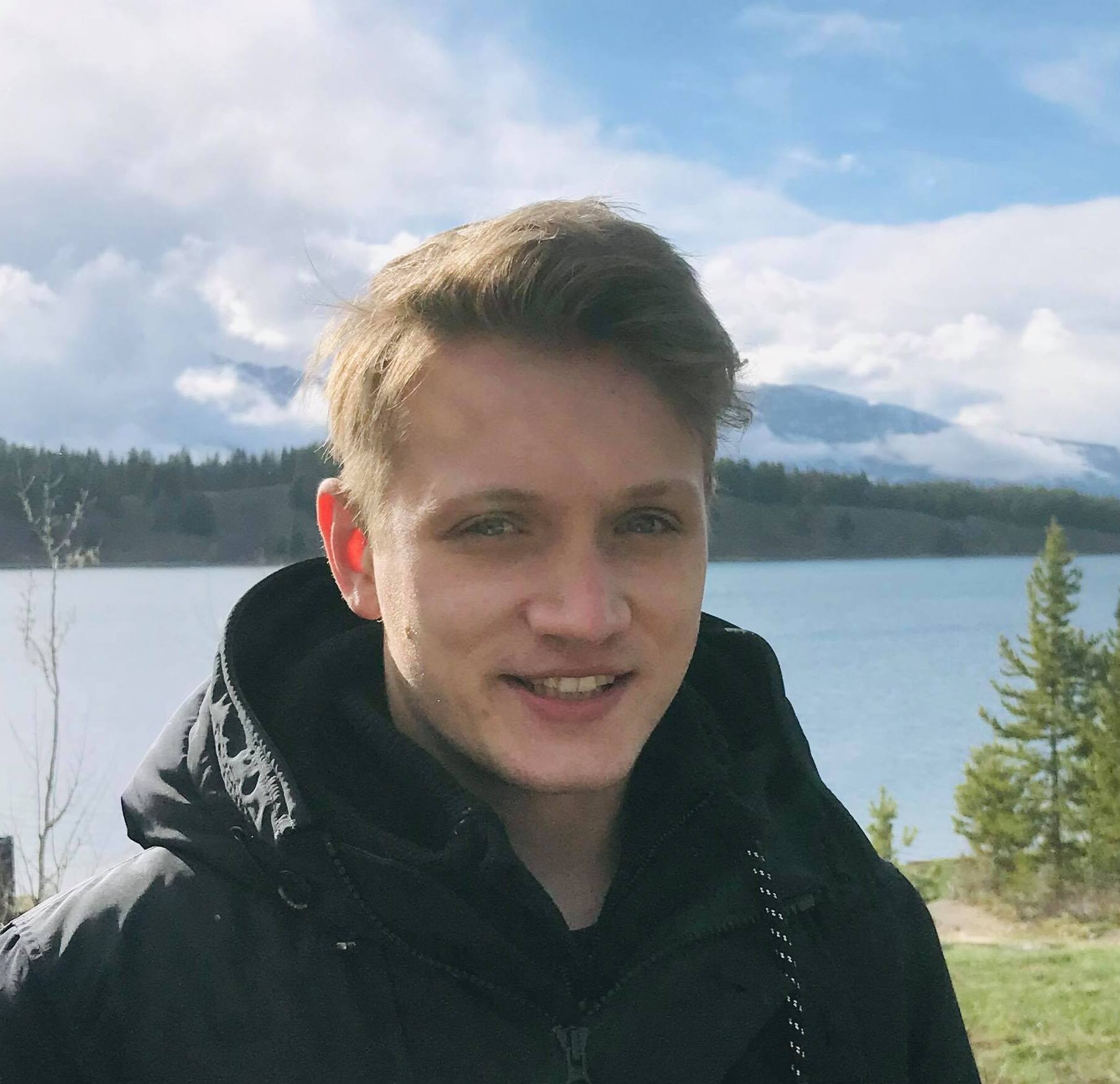PhD Candidate
PhD Candidate
Location
Climate & Space Research Building 2455 Hayward Street Ann Arbor, MI 48109-2143
Primary Website
Education
PhD., Climate & Meteorology, University of Michigan (2019 – Present)
MSci., Meteorology & Oceanography, University of East Anglia (2015 – 2019)
Research Interests
- Mid-latitude Atmospheric Dynamics & Convection
- Forecast Error Diagnostics
- Water Resource Management
- Science communication
Biography
I am a PhD student at the University of Michigan. I look at how North American thunderstorms influence European weather extremes. I predominantly facilitate this research through the potential vorticity perspective.
I make use of archived forecast data, convection-resolving models and develop feature tracking algorithms in order to further dynamical understanding on the upscale impacts of mid-latitude convective storms.
Much of my research and work has been eclectic, I completed my BSc and MSc (MSci) at the University of East Anglia in the UK. During my time, I completed two thesis projects:
- Lightning climatology of Poland in collaboration with the IMGW-PiB.
- Using an AirCore instrument for sampling CFCs in the upper troposphere – lower stratosphere with the EXC3ITE research group.
I also have work/research experience in the field of meteorology:
- Part-time weather forecaster for WeatherQuest in Norwich, UK
- Atmospheric remote-sensing scientist intern for Vaisala in Helsinki, Finland.
- Geographical Information Systems analyst for the University of Michigan in Ann Arbor, USA.
- Visiting Research Scientist on tracking algorithm development for the National Center for Atmospheric Research in Boulder, USA.
Publications
Lojko, A., Payne, A.E., and Jablonowski, C.: The Role of North-American Mesoscale Convective Systems on the Forecast of a Rossby Wave Packet: A Multi-Model Ensemble Case-study, Journal of Geophysical Research: Atmospheres, Accepted.
Laube, J. C., Elvidge, E. C. L., Adcock, K. E., Baier, B., Brenninkmeijer, C. A. M., Chen, H., Droste, E. S., Grooß, J.-U., Heikkinen, P., Hind, A. J., Kivi, R., Lojko, A., Montzka, S. A., Oram, D. E., Randall, S., Röckmann, T., Sturges, W. T., Sweeney, C., Thomas, M., Tuffnell, E., and Ploeger, F.: Investigating stratospheric changes between 2009 and 2018 with aircraft, AirCores, and a global model focusing on CFC-11, Atmospheric chemistry and physics, 20(16), pp.9771-9782.
